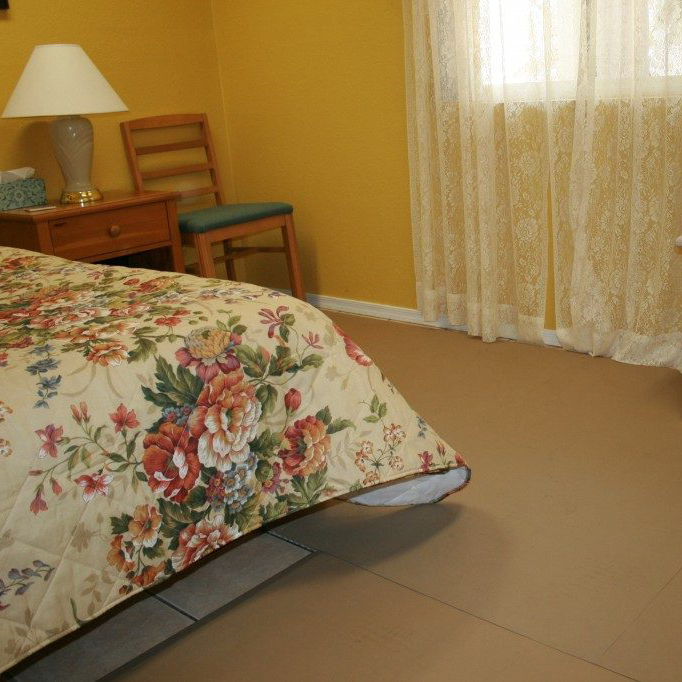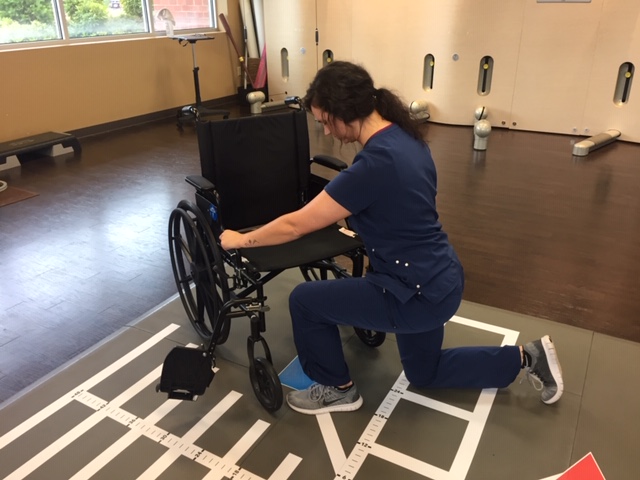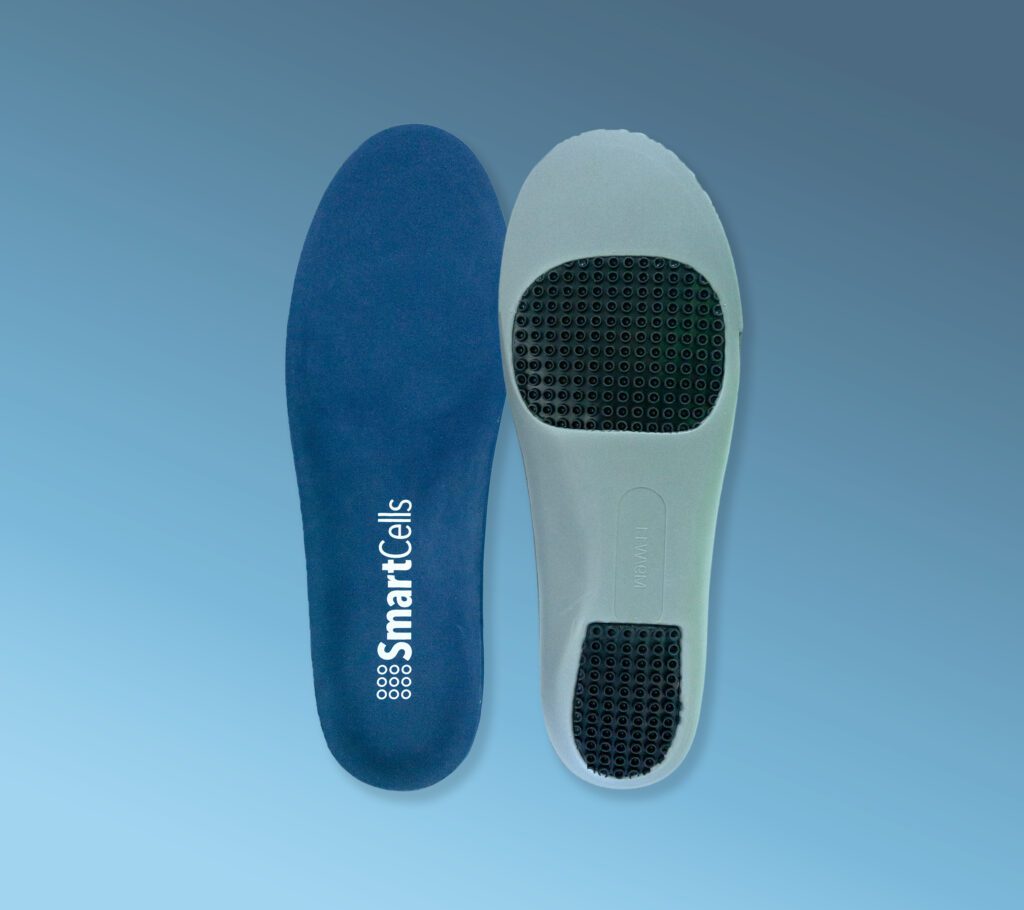Blog
5 Ways to Jumpstart Your Plyometric Routine
- Derek Hawn
- May 11, 2016
- 8:42 pm
- No Comments
- 3 minutes
Whether you’re trying to shed a little extra weight to get ready for Summer, or you’re simply exercising to reduce stress and increase energy, this sunny Spring weather certainly makes it a lot easier.
Having the ability to exercise outside, in your house or at the gym opens up a lot of options to shake up your workout routine. You could go for a jog, lift weights, take a yoga class, go for a hike or bike ride, the options are endless and all it depends on is what your exercise goals are.
If your exercise goals are to lose weight while increasing strength and cardiovascular fitness, then plyometric exercises will provide you with one of the best outcomes. These high-intensity workouts focus on speed, agility/balance and power and can be done anywhere: your home, the gym or outside.
The History
Originally conceived in the Cold War era by Soviet Union Scientists, plyometrics, or Jump Training as it was called back then, was developed to increase the speed and explosiveness of Russian track and field athletes. The plyometric training paid off and for several years the Russian athletes were a step ahead of the competition, literally and figuratively. Today, sports teams across the United States and World use plyometric exercises as a way to train their athletes.
How It Works
As you may have guessed, the short bursts of high intensity plyometric exercises have several physical and mental benefits. Not only do the exercises increase the strength and endurance of muscles and tendons, they also increase cardiovascular and nervous system health. This is due to the fact that every time your muscles contract, a signal is sent to your brain. As you increase your plyometric abilities, your brain becomes faster and more efficient at firing these signals.
Getting Started
A plyometric exercise routine can be very beneficial to your overall health and wellness goals. However, like any workout routine, it is important to learn the proper technique to prevent injury and maximize results.
These five tips will help you jumpstart your plyometric routine and ensure your health and safety in the process:
- Build Your Foundation- If you haven’t exercised in a while then you should hold off on starting plyometric exercise until you have a base of strength and flexibility.
- Start Off Slow- Once you have your foundation strength and flexibility built, then you can start adding plyometric exercises to your routine. At first you will want to focus on doing them right rather than doing them fast.
- Always Warm Up- Considering the high intensity of the exercises, always warm your body, tendons and muscles up before hand by doing some stretching and light cardio work such as a slow jog.
- Exercise Frequency- Once you have the exercise down, you should perform each exercise for 3 sets of 12 reps with a 1 minute rest between each set. Considering the intensity of plyometric exercises, experts recommend doing them no more than 3 times a week with at least 1 day of rest between each plyometric workout.
- Use SmartCells Personal Training Products
SmartCells Personal Training products can reduce impact stress on joints by up to 90% while at the same providing a safe, stable surface for workouts.
Available in three different colors (Black, Light Brown, and Grey) as well as three different sizes (36”X60”, 52”X60”, 52”X88”), the remarkable SmartCells Personal Training mats are low profile (1/2”) and have molded-in beveled edges. For custom applications, SATECH offers custom-sized mats as well as a wall-to-wall flooring option that is perfect for in-home gyms, and aerobics flooring.
To unload impact stress on-the-go SATECH also has a line of insoles. Smartcells insoles easily slip into most shoes and come in two options: a Standard flat style, for use with or without orthotics, as well as an Active Orthotic style that offers arch and heel support, personalized for size and designed for impact-related activities.
SmartCells Personal Training: I Feel Good.
Should I really be concerned about the comfort and happiness of my work force?
SmartCells Fall Protection Products Featured at LeadingAge — Idea House, Interface, Best Bath
The SmartCells Solution: Helping Teachers Painlessly Teach Tomorrow’s Leaders
SmartCells: Supporting Pharmacists From the Ground Up
SmartCells: The Solution to Rising Fall-Related Death Rates
SmartCells: The Physical Therapists Secret to Helping Patients AND Their Clinic
Podcast: How SmartCells is Helping Essential Businesses and Aiding in Reopening for Manufacturing Facilities
The Ultimate Way to Say ‘Thank You’ on National Doctor’s Day
Study Suggests Alleviating Musculoskeletal Pain Could Reduce Risk of Chronic Disease
The Key to Keeping your New Year’s Resolution is Hiding Under Your Feet
Let us help you find the right solution
Not sure where to start? Our customer service and sales representatives – who are just as knowledgeable about the product as the scientists who created it – would be happy to help you understand more.






